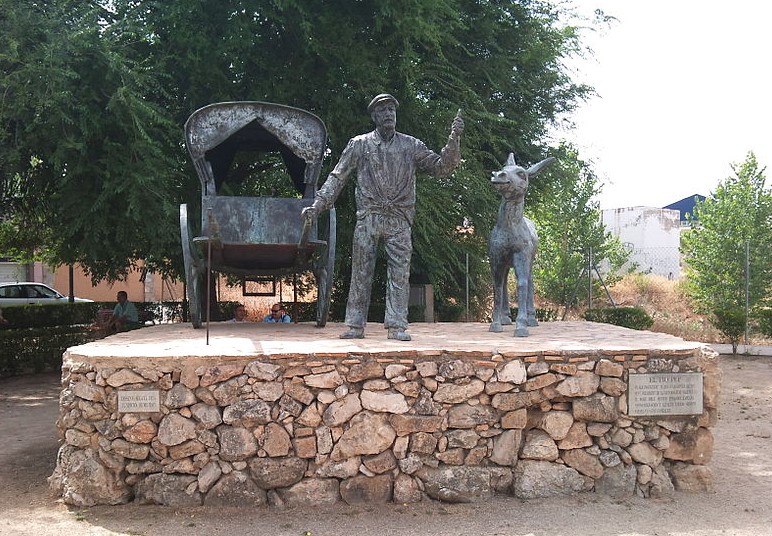
Muro d’Alcoi
MONUMENT OF TIO PEP
It´s the most popular monument in Muro which represents a “trajinero”, person who used to sell products from his carriage (tartana) pushed by a donkey, job linked to the Fireta de Sant Antoni, a local market with 300 years of tradition, that takes place in January. This heritage has remained until now in a commemorative statue and a popular song “El tio Pep se´n va a Muro”.
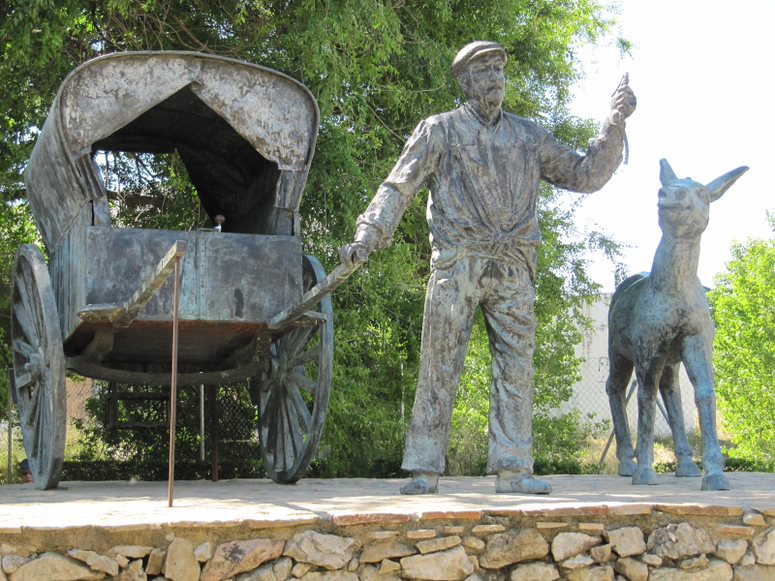
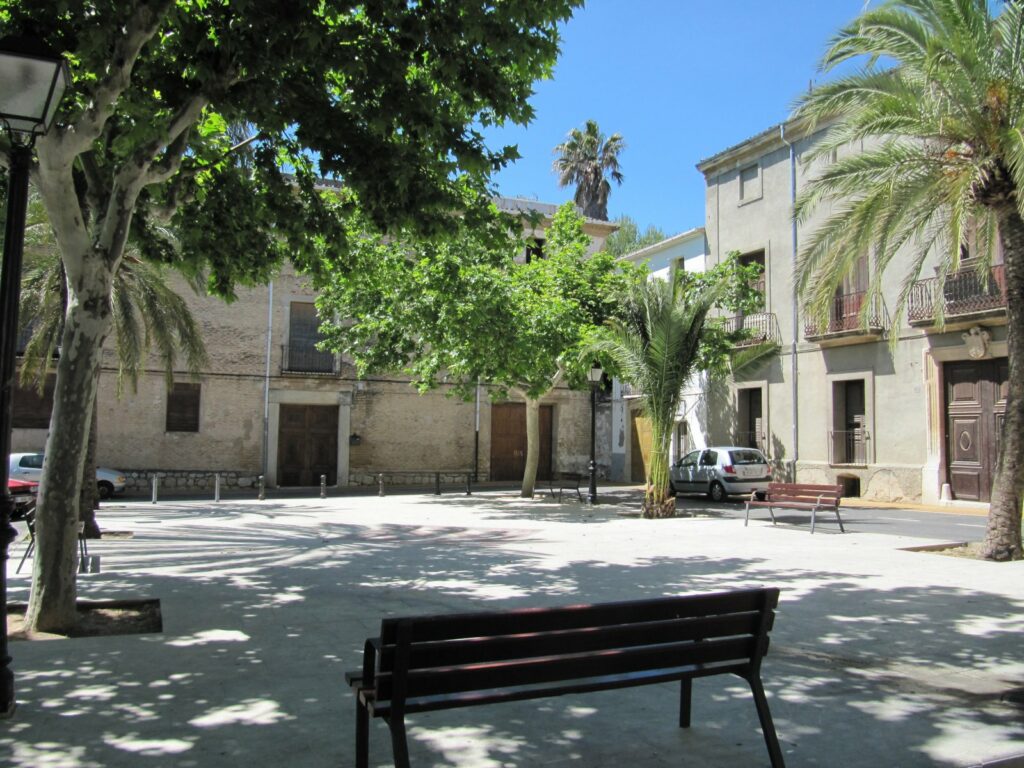
CASA PALAU SQUARE
In this square we can find two significant buildings, on one hand “Casa de los Alonso” (Alonso´s house) where the heraldic shield shows the power and lineage of this family from the XVII century. On the other hand, “Casa Palacio” (Palace house), it´s a Renaissance building of brinks with elegant balconies and Valencian ceramic on its facade.
SAN JUAN BAUTISTA CHURCH
The catholic church was built over the previous mosque. During the XVII, XVIII and XIX centuries this building was rebuilt and extended. Nowadays, it has a neoclassic style, with a rectangular plan and attached chapels. We suggest visiting the bell tower of 34 metres high, which we access by a spiral staircase of 94 steps. Upstairs, we can enjoy 6 bronze bells, being the largest one of almost 900 kilograms.
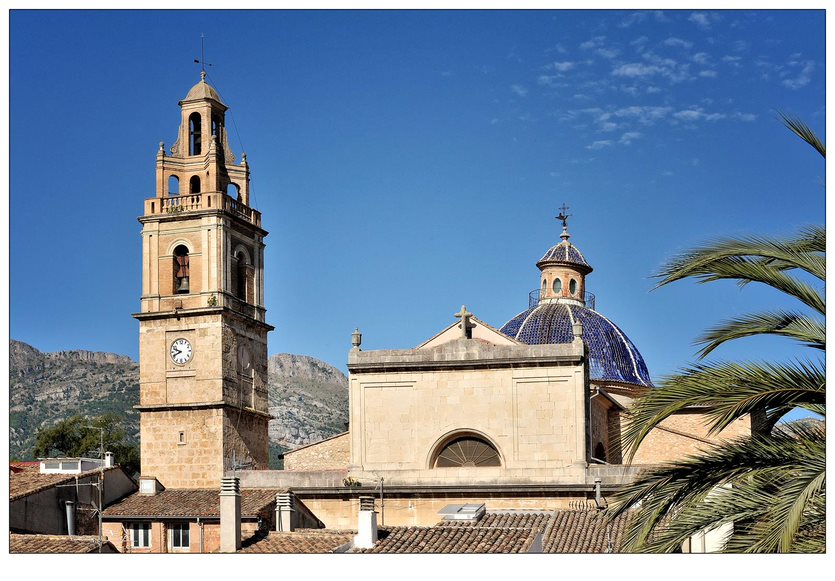
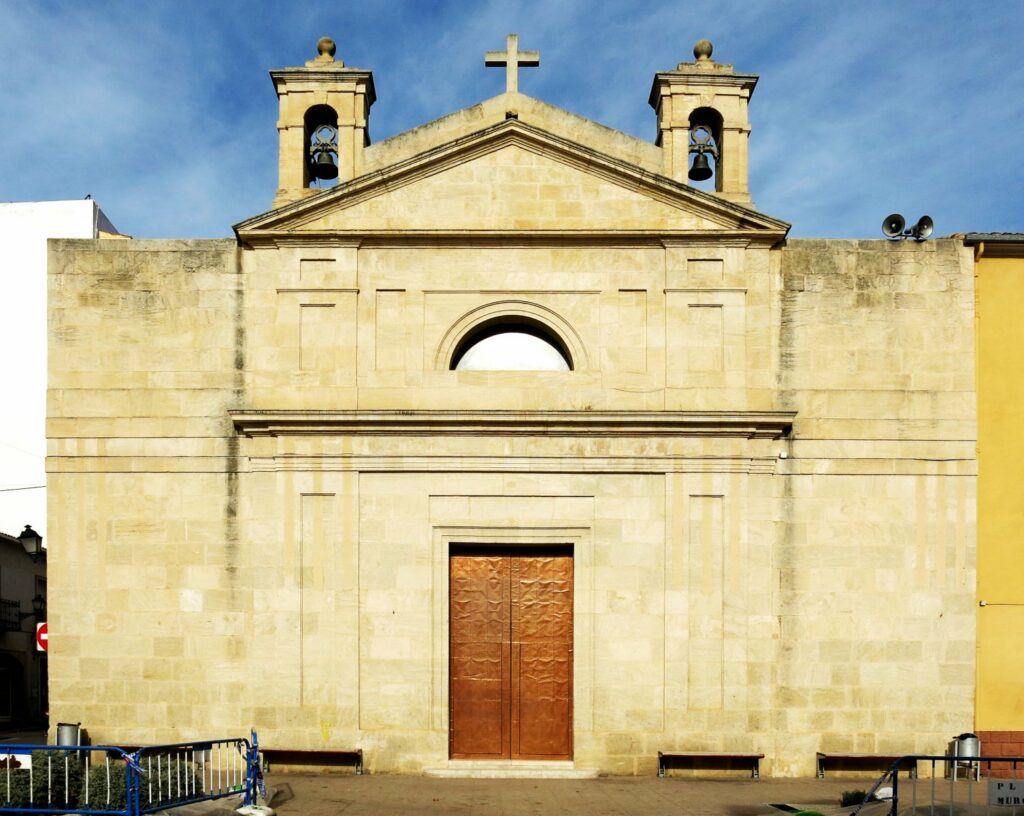
HERMITAGE OF VERGE DELS DESEMPARATS
This hermitage was built in the urban center of Muro thanks to private donations in the 18th century. Although it did not have its current structure until the 1950s due to the stoppage of its works and pillages during the Civil War.
We highlight its extremely simple neoclassical façade, with two bells at the top of it and the half-orange dome covered in blue tile, so characteristic of Mediterranean churches.
Inside we find the Virgen de los Desamparados, patron saint of the town closely related to the Moors and Christians festivities, held on the second weekend of May, serving as the setting for a multitude of religious events. Highlighting the act of “the Pujá”, closing act that is celebrated the following week.
THE LITERARY MURALS OF BATÁ
In the Batà pedestrian street we find murals by the artist José Antonio Espinar dedicated to Valencian writers. It is a walk through our Valencian literature embodied in outdoor mural paintings.
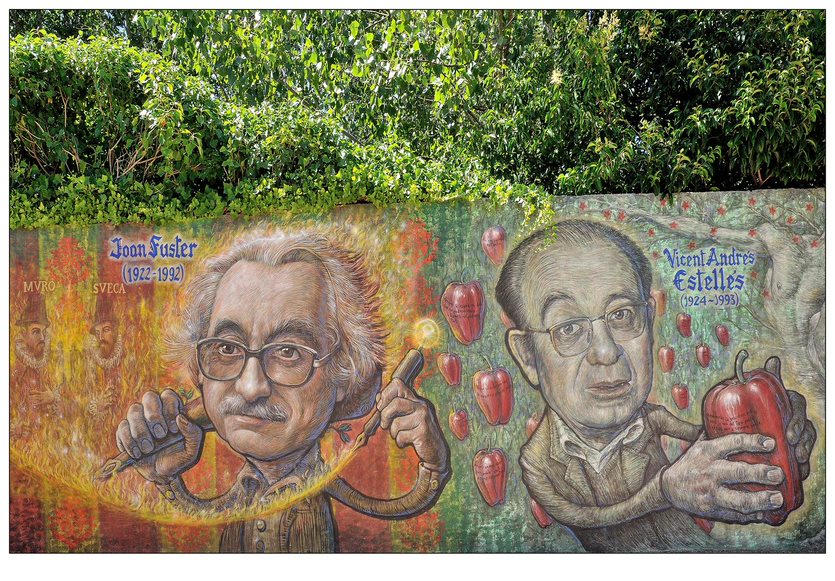
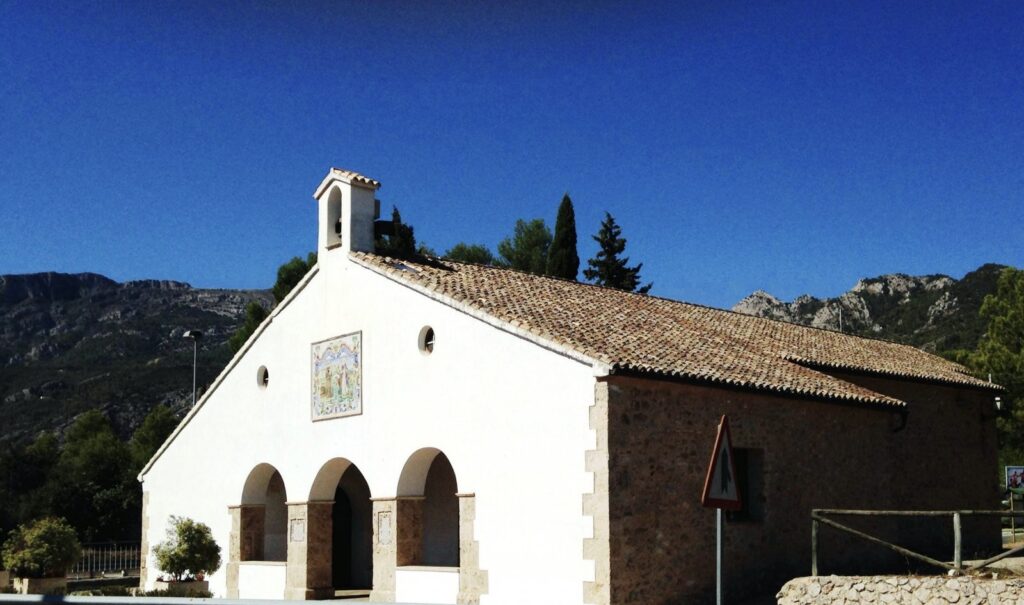
HERMITAGE OF SAN ANTONIO
We find the Hermitage of Saint Antony in the road before the access to the town. It presents a portico with simple arcades. On its facade we appreciate religious Valencian with the images of San Antonio Abad and San Antonio de Padua. Inside, the space is a rectangular plan with four chapels in both sides. On his altar we find again images of both saints. Today the chapel is open for worship, evening mass is held on summer holidays and on Tuesday afternoons.
BENEITO CAVE
Cave that we found in the Cotet de Muro ravine, discovered in the seventies, continues to be a benchmark in all scientific and informative works thanks to the reconstruction of the modus vivendi of Neanderthal man and modern man.
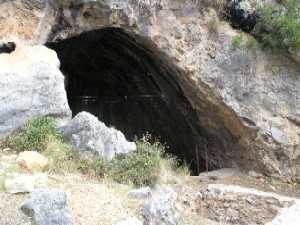
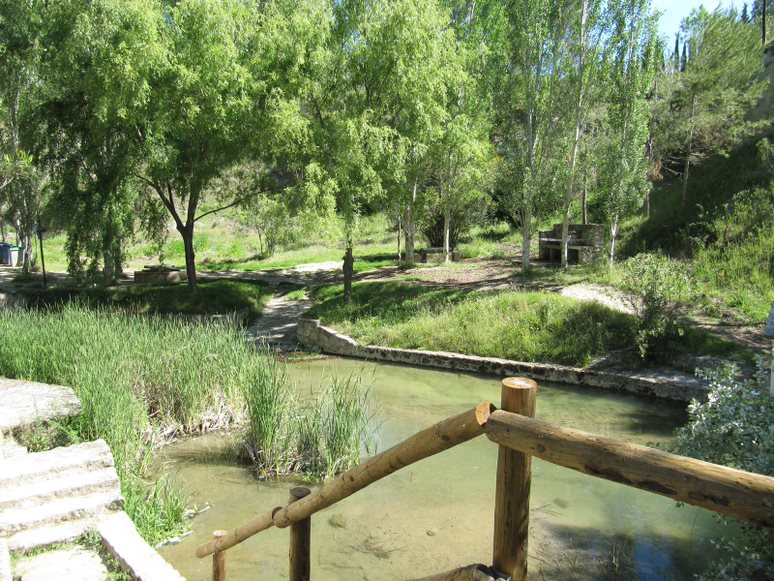
BALADRE FOUNTAIN
We find this municipal natural place in in the banks of the river Agres, tributary of the Serpis river. It constitutes a typical example of a riverside ecosystem, with large poplars. The water is always present in the fountain. From this place we can observe a magnificent panoramic view of the foothills of the Sierra Mariola. In this area a path starts parallel to the riverbed and has a route of two kilometres.
Routes
BALADRE FOUNTAIN AND PEDANIAS.
Route of great ecological value that runs through the districts of Benámer, L’alquerieta Jordá, Setla and Turballos.
URBAN ROUTE “FAMOUS LOCAL CITIZENS”.
Urban route of local citizens (musicians, artists…) who highlight in different areas in this town.